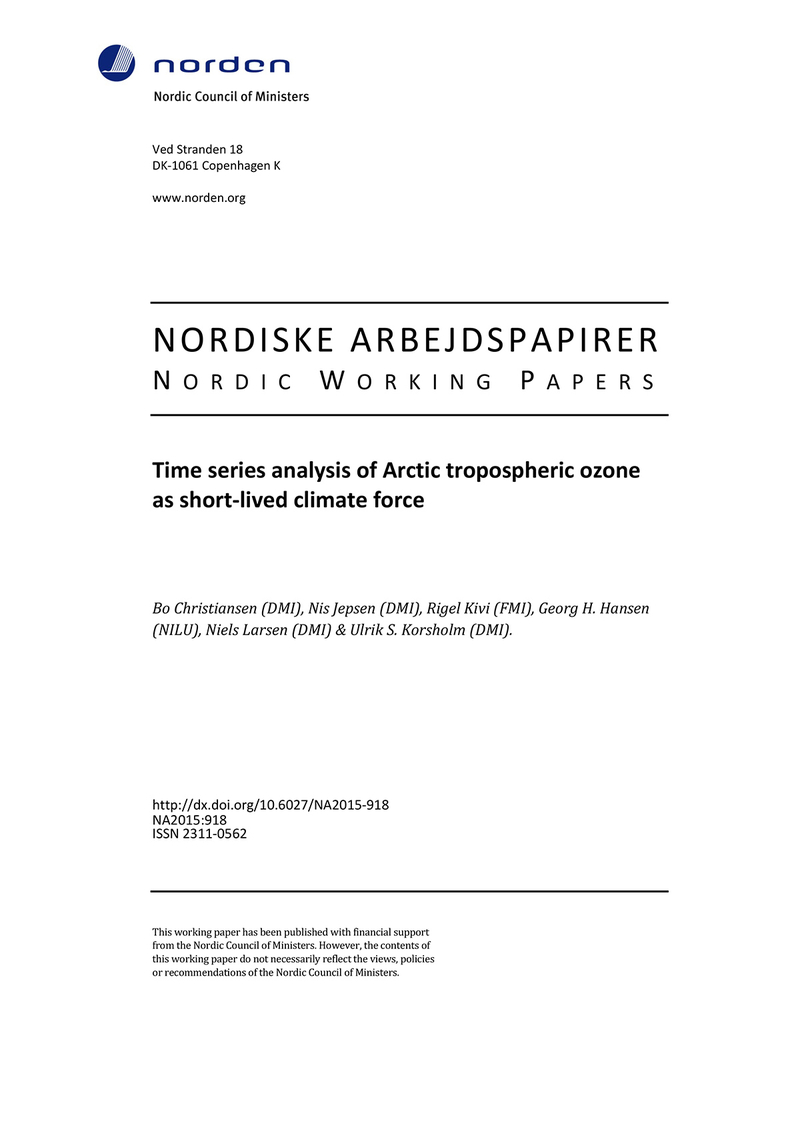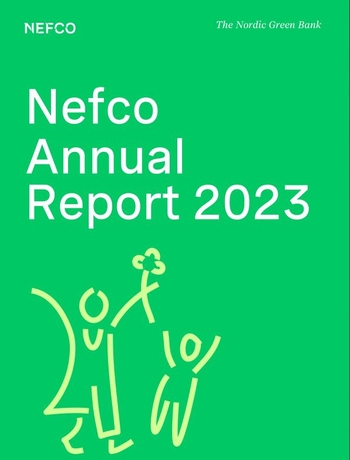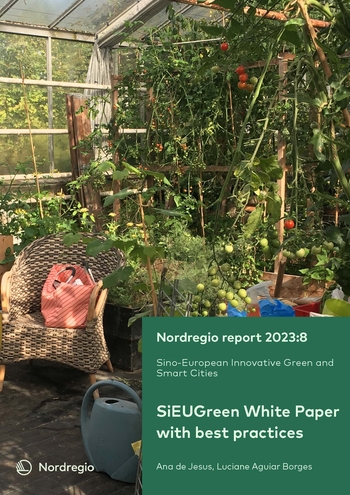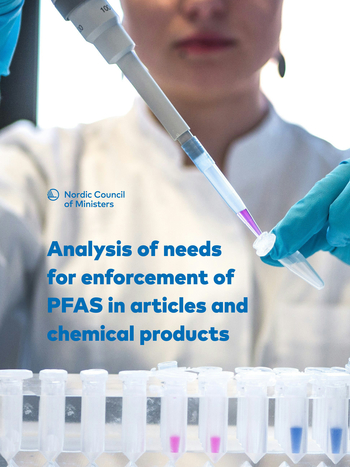Time series analysis of Arctic tropospheric ozone as short-lived climate force

Information
Publish date
Abstract
Ozone soundings from 9 Nordic stations with rather different data coverage have been homogenized followed by an interpolation to standard tropospheric pressure levels. A Bayesian model was applied which included a low-frequency variability, an annual cycle with harmonics, the possibility for variability in seasonal amplitude and phasing, and noise. Regarding the low-frequency variability it was found that only Scoresbysund, Ny Aalesund and Sodankyla showed statistical significant changes with a maximum near 2007 followed by a decrease. We hypothesize that this decrease could be explained by an observed decrease in nitrogen oxide in Europe.
Publication number
2015:918




